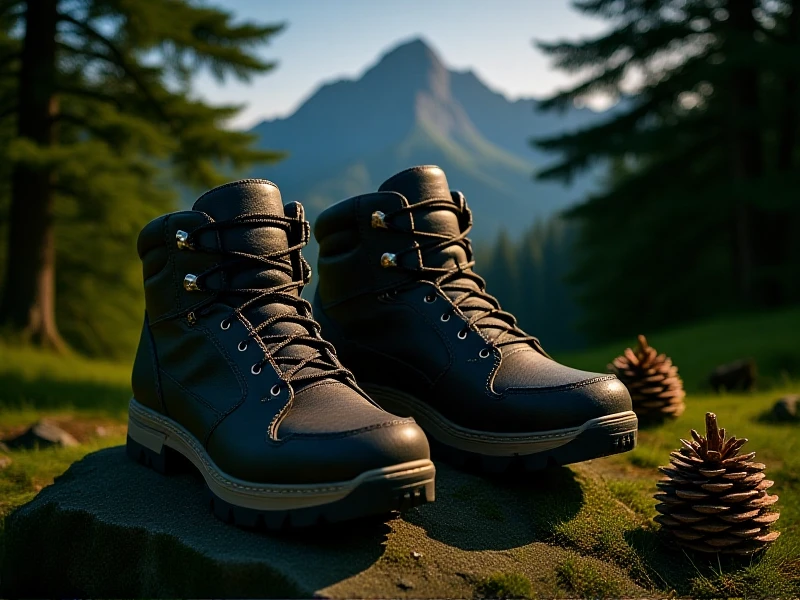
Finding Your Perfect Pair: How to Choose Hiking Boots That Last
Hitting the trails requires gear you can trust, and nothing impacts your outdoor adventure more deeply than your hiking boots. Blisters, soggy feet, or a rolled ankle can turn a stunning vista into a miserable slog. Choosing the right pair isn't just about comfort; it's about safety, endurance, and unlocking your next great adventure. Let's break down the key factors in selecting hiking boots built to conquer miles.
First and foremost, fit is absolutely critical. Ill-fitting boots are the primary cause of blisters and foot fatigue. Always try on boots in the afternoon when feet are naturally slightly swollen, wearing the exact hiking socks (usually mid-weight merino wool blends) you plan to use. Walk on an incline or decline if possible inside the store. There should be ample space for your toes to wiggle without sliding forward on descents, minimal heel lift (no more than 1/4"), and no uncomfortable pressure points. Remember, sizes vary significantly between brands, so focus on how the boot feels, not the number.
Understanding boot cut (height) and support is vital:
- Low-Cut Hiking Shoes: Offer ankle flexibility and are lightweight, ideal for well-groomed trails and day hikes with lighter packs. Often termed trail runners.
- Mid-Cut Hiking Boots: Provide crucial ankle support on uneven terrain, offering protection from roots and rocks. The best all-around choice for most day hikers and moderate backpacking trips; these hiking boots offer stability without excessive weight.
- High-Cut Backpacking Boots: Designed for heavy loads (40lbs ), technical terrain, or weak ankles. Offer maximum support and protection but are heavier and stiffer.
Materials Define Performance:
- Upper: Full-grain leather offers superior durability, water resistance (once treated), and abrasion protection but is heavier. Split-grain leather mixed with nylon mesh provides breathability and lighter weight, usually at the expense of some durability. Synthetics like nubuck or modern textiles often promise good water resistance and are very lightweight.
- Waterproofing: Most hiking boots feature membranes like Gore-Tex or proprietary equivalents. This is essential for wet conditions, creeks, or snow, but reduces breathability. If you primarily hike in dry climates, non-waterproof options are lighter and cooler. Remember to reapply DWR (Durable Water Repellent) treatments periodically.
- Midsole: Usually made of EVA or polyurethane foam, this provides cushioning and shock absorption. The density affects support and longevity – stiffer midsoles offer more support under load.
- Outsole: Vibram rubber is a gold standard for hiking boots, prized for outstanding grip, durability, and traction. Look for deep, aggressive lugs designed to shed mud and bite into loose terrain safely. The lug pattern significantly impacts performance on various surfaces.
Traction and Stability: Don't underestimate the outsole. Good hiking boots will have a lug pattern deep enough to handle mud and gravel while offering stability on rocky inclines and declines. The heel brake area needs pronounced lugs for controlled descent.
Maintenance Matters: Even the best hiking boots need care to last. Clean off dirt and mud after every hike with a soft brush and water. Allow them to air dry naturally, never near direct heat. Regularly condition leather boots to prevent cracking, and reapply waterproofing treatments as needed.
Investing time in finding the hiking boots that truly match your foot shape, hiking style, and intended terrain is the smartest move any trekker can make. Well-fitting, supportive, and grippy boots transform miles on the trail from an endurance test into pure, unadulterated exploration. Find your perfect pair and step confidently towards your next adventure.